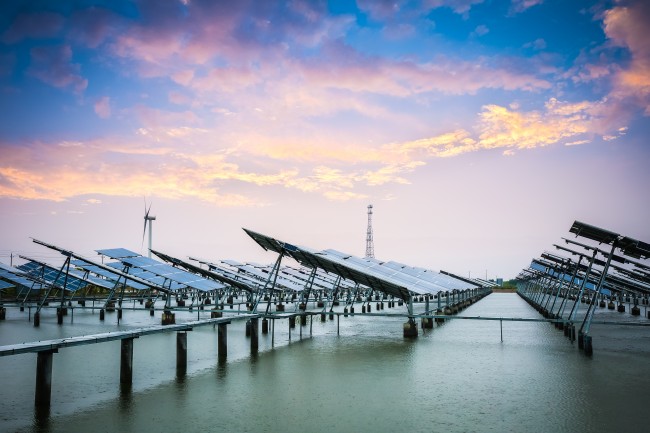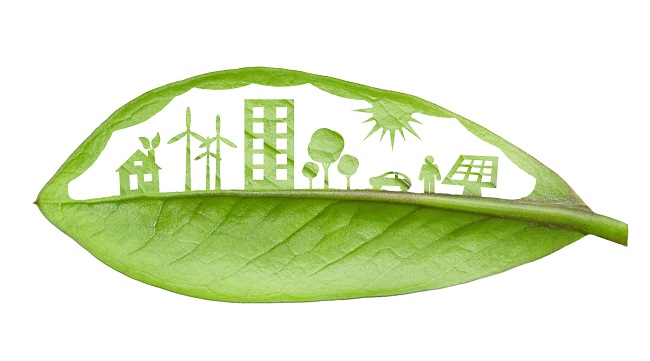The advantages and disadvantages of solar energy
In just 90 minutes enough sunlight bathes the earth's surface to generate the entire planet's energy needs for a whole year. No wonder then that futurists and environmentalists have been pushing this particular form of renewable energy for decades. But despite its many green advantages, solar does have its limitations. PIF takes a look at the good, the bad and the future of solar energy.
What is solar energy?

Solar energy is “the use of the sun’s energy either directly as thermal energy (heat) or through the use of photovoltaic cells in solar panels and transparent photovoltaic glass to generate electricity,” according to TechTarget.com.
Advantages of solar energy
So what are the advantages of solar energy? According to the International Energy Agency (IEA), “If effective support policies are put in place in a wide number of countries during this decade, solar energy in its various forms – solar heat, solar photovoltaics, solar thermal electricity, solar fuels – can make considerable contributions to solving some of the most urgent problems the world now faces:
- Climate change
- Energy security
- Universal access to modern energy services
“Solar energy offers a clean, climate-friendly, very abundant and inexhaustible energy resource to mankind, relatively well-spread over the globe,” they add.
According to a press release from US energy firm, NRG Energy, the California-based Ivanpah Solar Electric Generating System heralds a new era of mass renewable energy. “At full capacity, the facility’s trio of 450-foot high towers produces a gross total of 392 megawatts (MW) of solar power, enough electricity to provide 140,000 California homes with clean energy and avoid 400,000 metric tons of carbon dioxide per year, equal to removing 72,000 vehicles off the road,” they say.

Other relevant articles on solar energy:
Disadvantages of solar energy
Despite its natural abundance and promise of low-cost energy, there are some major drawbacks to solar energy. Firstly, solar power works better in hot places, so its widespread use is somewhat limited. It's a double-edged sword type of scenario, according to the IEA.
“Its availability is greater in warm and sunny countries – those countries that will experience most of the world’s population and economic growth over the next decades,”
“They will likely contain about 7 billion inhabitants by 2050 versus 2 billion in cold and temperate countries (including most of Europe, Russia, and parts of China and the United States of America).”
While that spells favourable forecasts for warmer countries, countries with unreliable climates (such as the UK) are less able to rely on solar energy as a viable source of continuous energy. Similarly, battery storage is needed to conserve energy during the down period of production overnight. These batteries are large, heavy and require storage space, as well as replacing from time to time. Despite falling prices, solar collectors, panels and cells still cost a pretty penny to manufacture. Solar power stations alike are also on the expensive side and are said to be less efficient than similarly sized conventional power stations. With that in mind, in most markets solar electricity is still heavily subsidised as the technology undergoes development.
Articles on alternative forms of renewable energy:
- Pros and Cons of Wind Power
- Advantages and Disadvantages of Wind Power
- Infrographic - Wind Power Explained

The future of solar energy
According to a recent article in the Guardian, the future of solar power in Australia at least is looking bright.
“The CSIRO, in its Future Grid report, says that more than half of electricity by 2040 may be generated, and stored, by 'prosumers' at the point of consumption,” they said.
This news came amid reports that the price of electricity in the Australian state of Queensland had dropped to zero in the middle of the day. A rare example of 'negative pricing,' which is normally an overnight phenomenon when demand is significantly lower. It's testament to the uptake of rooftop solar that's seen “1,100MW of it on more than 350,000 buildings in Queensland alone,” according to the Guardian.
If this trend were to continue in sunnier climates, like Spain (which is one of the world's biggest exponents of solar energy) and the US (where solar companies like SolarCity and Sungevity now offer rental agreements for solar equipment, making it an affordable option for many Americans), then there is a very real possibility that 'the grid' as we know it could become a dim and distant memory.
Get the latest process industry news
Interested in receiving even more industry-leading news from Process Industry Forum delivered directly to your inbox? Then sign up to our free newsletter. Bringing you the latest news, trends, innovations and opinion from across the process industry, our exclusive newsletter gives you all the industry insights of the moment in one, easy-to-digest bulletin. Stay ahead of the competition with regular process industry news instalments from PIF.
